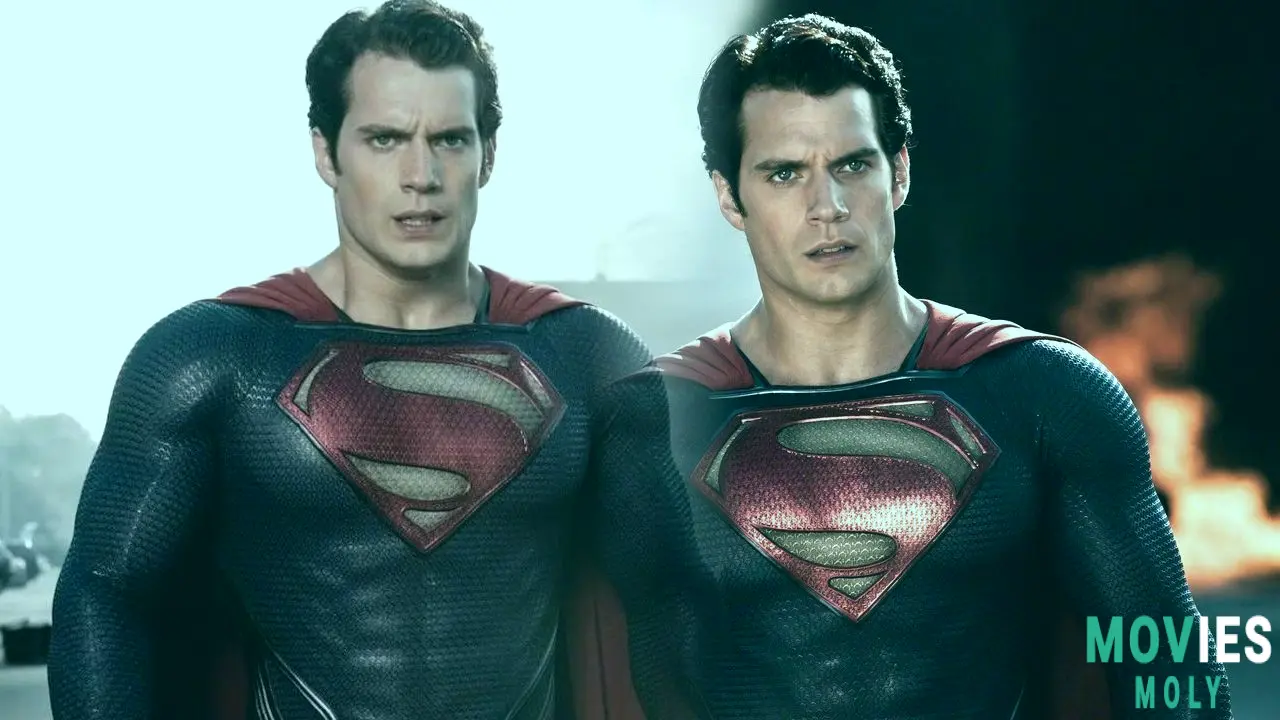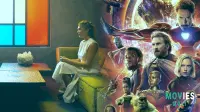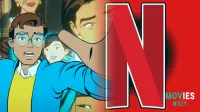The actor behind General Zod recently revisited the controversial neck-snap scene from Zack Snyder's 2013 film, offering a nuanced defense of its artistic choices that continues to resonate with fans.
TL;DR: The Core Takeaways
- Michael Shannon, who played General Zod, recently defended Man of Steel's controversial ending where Superman kills his character, stating he's "proud" of the movie.
- Shannon acknowledged director Zack Snyder intentionally put Superman in an impossible choice: kill Zod to save innocents or let Zod continue his rampage.
- The 2013 film's "dark turn" for Superman divided fans, sparking a decade-long debate about the hero's traditional no-kill rule and setting the stage for the DCEU's morally complex universe.
Picture this: a crumbling Metropolis, two god-like beings locked in a brutal, city-leveling battle. Amidst the chaos, General Zod, fueled by an unwavering mission to terraform Earth into a new Krypton, corners a helpless family. Superman, faced with an impossible choice – allow countless innocent lives to perish or take a life himself – makes the unthinkable decision, snapping Zod's neck with a guttural scream of anguish. This scene, the climactic moment of Zack Snyder's 2013 film, Man Of Steel, didn't just end a battle; it ignited a decade-long firestorm among fans, a debate that continues to burn brightly today.
Now, over ten years later, Michael Shannon, the acclaimed actor who brought General Zod to terrifying life, has weighed in again on that pivotal moment. During a recent segment with Vanity Fair revisiting scenes from his illustrious career, Shannon opened up about his feelings regarding the film's most divisive sequence.
"Oh, gosh, I just wish people didn’t kill people, period. I mean, whether or not they’re aliens from outer space, or just regular joes. I guess one of the controversies with this film—and Zack [Snyder] engineered this, really—is that Superman is not supposed to kill anybody. So, I put him in a situation where, if he wants to save these people, he has to kill me, and he does. And that obviously led to a lot of sturm und drang, or whatever you say."
— Michael Shannon, discussing Man of Steel on Vanity Fair
Unpacking the Intense Controversy Surrounding Superman's Unprecedented Lethal ActionShannon's remarks cut right to the heart of why this scene became such a flashpoint. For many, Superman, the beacon of hope and morality, simply does not kill. His no-kill rule is as fundamental to his character as his red cape. Seeing Henry Cavill's Superman break this sacred tenet, even under duress, was a seismic shift for some, an uncomfortable reimagining of a beloved icon. It challenged deeply held notions of what a superhero, especially the superhero, should represent.
However, Snyder's vision, as Shannon points out, was deliberate. The director didn't intend for it to be a simple act of violence but a profound, traumatic choice. Snyder himself explained in an earlier interview with GQ that Zod's relentless aggression left no "middle ground." He stated, "He's not going to stop. He wasn't going to negotiate an outcome, so it was either Zod or us... Zod said he would fight until either you kill me or I kill you." (Source: GeekTyrant, "Michael Shannon Opens Up About MAN OF STEEL's Controversial General Zod Neck Break Moment"). This perspective paints Superman not as a killer, but as a hero forced into an unwinnable situation, a sacrificial lamb for humanity’s survival.
The inherent tension here lies in two strong beliefs: the traditionalist view that Superman should always find a third option, an ingenious way to save everyone without resorting to lethal force, and Snyder's realist approach, which posits that true heroism sometimes demands unbearable sacrifices and morally gray choices. It’s a trade-off: preserving an absolute moral code versus ensuring immediate survival. This cinematic decision pushed Superman into a new, more conflicted territory, making him "a bit more relatable" to some audiences, as one article notes, by showing the immense burden of his power.
For example, imagine a group of long-time comic book fans gathered, watching this scene for the first time. One might exclaim, "Superman would never!" remembering decades of stories where he outsmarted villains without lethal force. Another might argue, "But what else could he do? Zod was going to kill everyone right then and there!" The scene forces viewers to confront their own expectations of heroism and the practicalities of a world where threats are absolute and god-like powers clash with devastating consequences. This friction in the fanbase wasn't just about a single moment; it was about the very soul of the character.
Michael Shannon's Deep-Seated Pride in the Thematic Substance of the Film
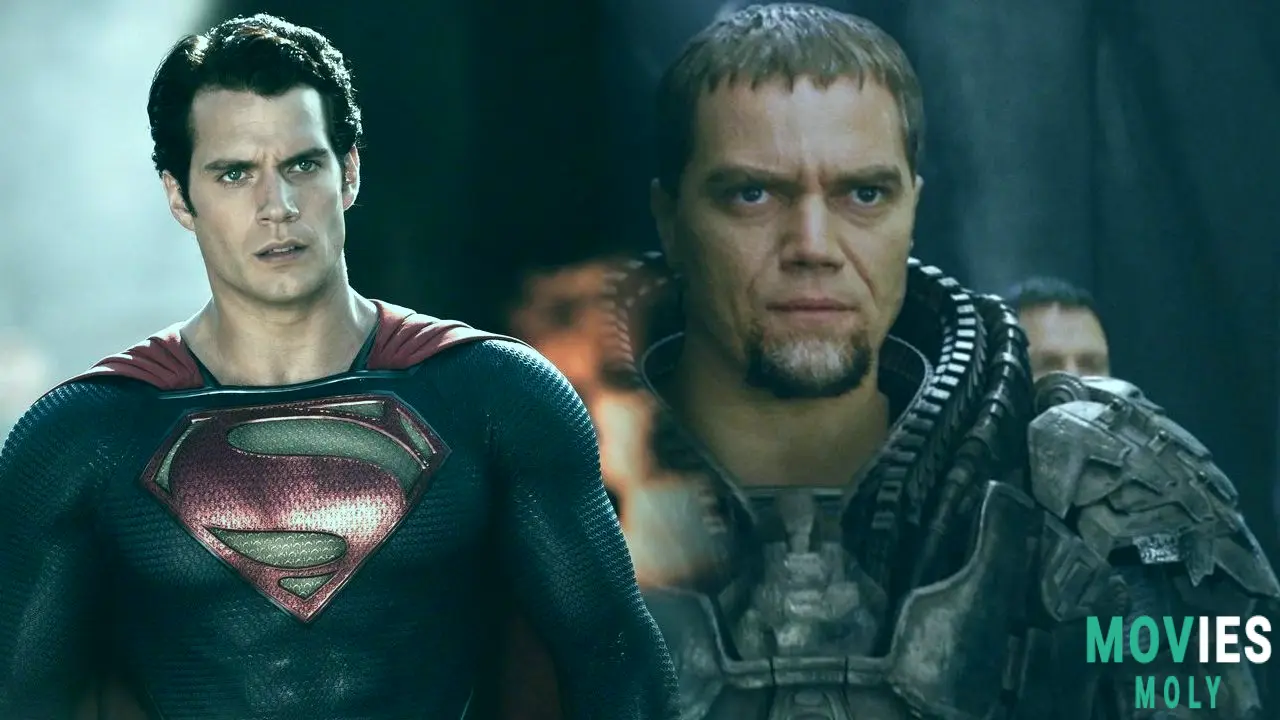
Beyond the immediate controversy, Shannon expressed a profound pride in having been part of Man of Steel. He dismissed notions that Snyder's involvement was merely for a "big payday," asserting, "I’m proud of this movie. I think it’s actually about something." This sentiment underscores a key aspect of the film: its ambition to explore deeper themes beyond typical superhero fare.
The movie, released on June 14, 2013, with a runtime of 143 minutes, wasn't just a spectacle of destruction; it wrestled with identity, responsibility, and the nature of power. (Source: MovieWeb, "Man of Steel" film details). Superman's journey from an isolated alien to Earth's protector, grappling with his origins and his place in a new world, was a narrative foundation for the entire, albeit now defunct, DCEU. Shannon’s pride suggests an appreciation for this thematic weight, seeing his role as Zod not just as a villain, but as a catalyst for Superman's existential crisis and eventual definition.
This "darker turn" set a tone for the wider Snyderverse, emphasizing a universe where heroes aren't always purely heroic, and moral complexities abound. It directly contrasts with more traditional or "lighter" interpretations of Superman, including the upcoming iteration under James Gunn. The film aimed for a more grounded, albeit still fantastical, approach, forcing its central figure to make tough decisions that resonate beyond the immediate action.
Revisiting General Zod: Michael Shannon's Unexpected Return in The Flash

Interestingly, despite his character's definitive end in Man of Steel, Michael Shannon reprised his role as General Zod in the 2023 film, The Flash. This return, naturally, came with a dose of initial confusion for the actor himself. "As memory serves me, I think I died in Man of Steel. Are they sure they got the right guy?" Shannon recalled telling Looper when first approached about the role. It wasn't until director Andy Muschietti explained the concept of the multiverse that Shannon understood how his character could logically reappear.
This narrative device allowed the film to bring back a fan-favorite antagonist from a different timeline, showcasing the expansive possibilities of superhero storytelling. Shannon enjoyed the experience, praising Muschietti as a "lovely guy and a great artist, visually." His willingness to revisit Zod, even briefly, further cements his positive feelings towards the character and the initial Man of Steel project, highlighting a commitment to engaging with these complex roles and the creative teams behind them.
The enduring discussion around Man of Steel and Zod's death shows that a film can spark crucial conversations about heroism, morality, and adaptation, even years after its release. It challenged the status quo, carving a path for a superhero narrative that wasn't afraid to explore the grit and pain beneath the spandex.
Practical Takeaways for Appreciating Superhero Narratives
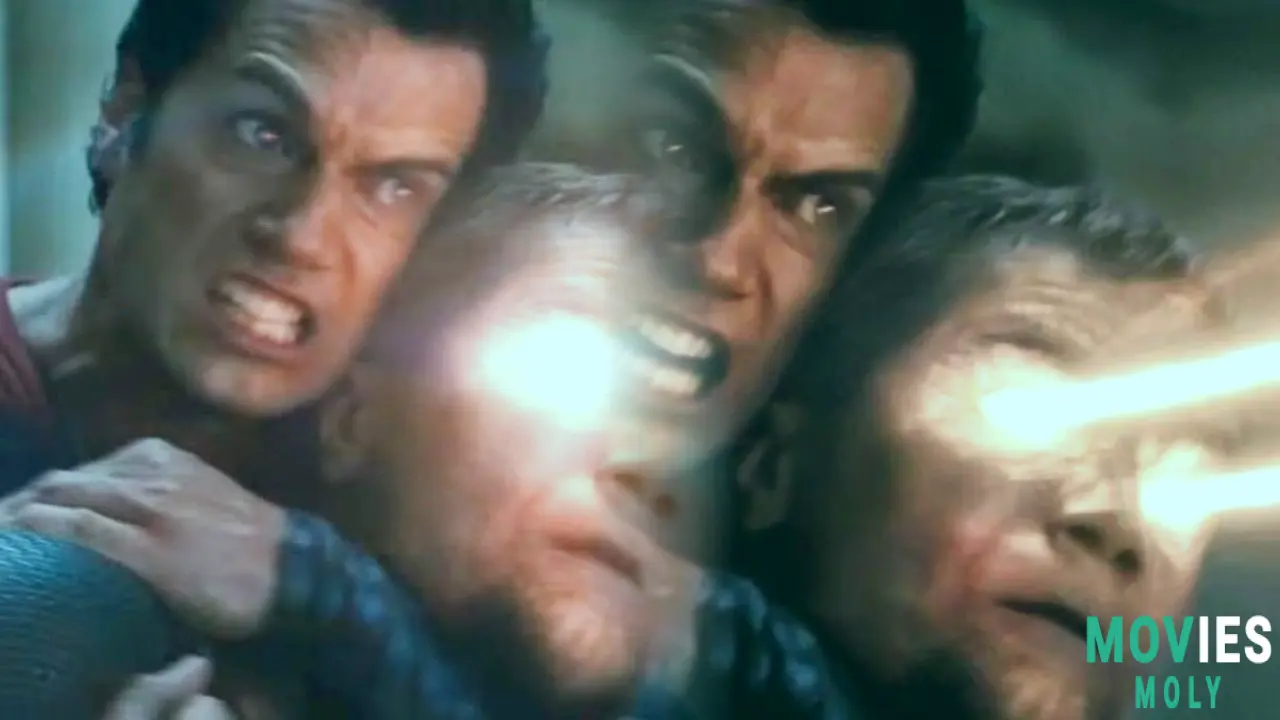
- Embrace Diverse Interpretations: Recognize that iconic characters like Superman can sustain multiple, vastly different portrayals. Both "darker" and "traditional" versions can offer valuable insights.
- Consider Context: When judging a hero's actions, always consider the specific narrative circumstances. Man of Steel positioned Superman in an extreme, no-win scenario, which significantly colors his choice.
- Appreciate Thematic Depth: Look beyond surface-level action. Films like Man of Steel actively try to tackle complex philosophical questions about power, responsibility, and sacrifice.
- Understand Creative Intent: Filmmakers often make deliberate choices to provoke thought and redefine characters. Understanding the director's vision can enrich your viewing experience.
Frequently Asked Questions About Michael Shannon and Man of Steel
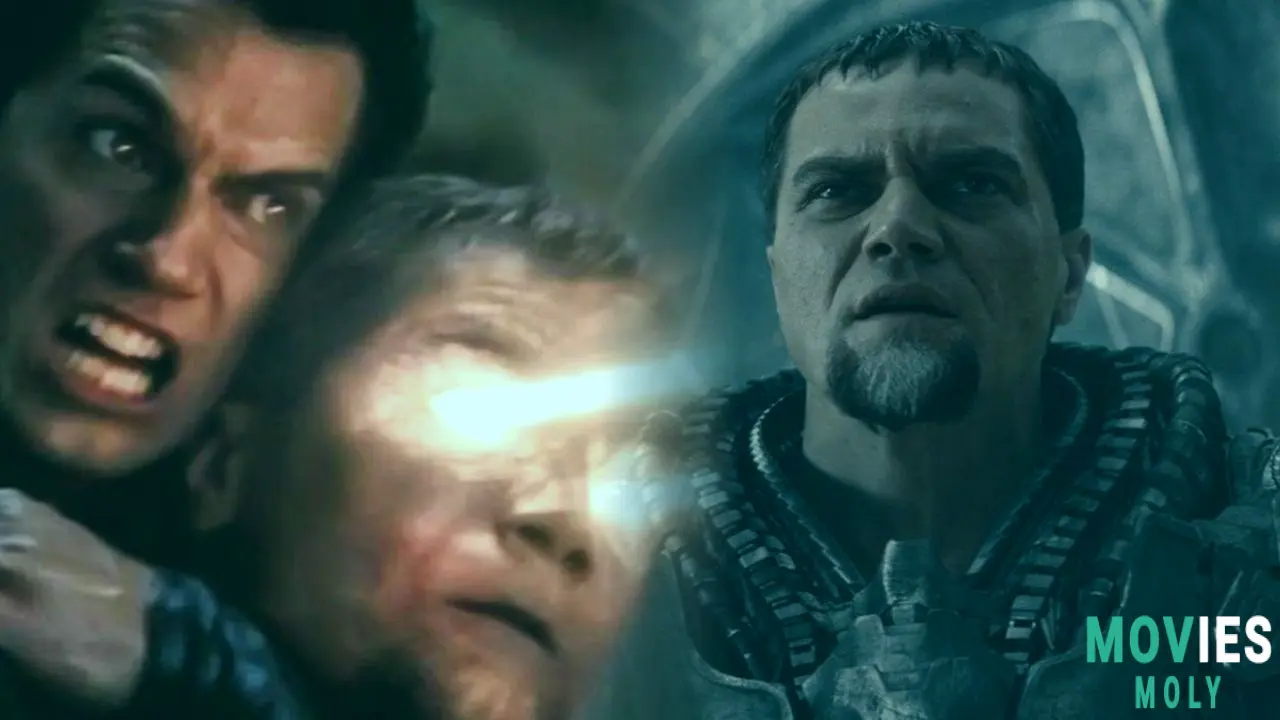
Man of Steel is currently available for streaming in the US on HBO Max.
What is Man of Steel's runtime and rating?Man of Steel has a runtime of 143 minutes (2 hours and 23 minutes) and is rated PG-13 for intense sequences of sci-fi violence, action, and destruction, and some language.
Who directed Man of Steel?The 2013 Superman reboot, Man of Steel, was directed by Zack Snyder.
Did Michael Shannon return as General Zod in any other movies?Yes, Michael Shannon reprised his role as General Zod in the 2023 DC film, The Flash, due to the concept of the multiverse.
Sources:
- MovieWeb, "Michael Shannon Defends Controversial Man of Steel Moment, Says He Is Proud of the Film," (Accessed recently).
- CBR, "Michael Shannon Reveals His Regret About Man of Steel's Controversial Zod Death Scene," (Accessed recently).
- GeekTyrant, "Michael Shannon Opens Up About MAN OF STEEL's Controversial General Zod Neck Break Moment," (Accessed recently).
- FandomWire, "Michael Shannon Defends Man of Steel, Explains Zod’s Death Scene," (Accessed recently).
- JoBlo, "Michael Shannon defends controversial Man of Steel moment: “I’m proud of this movie”," (Accessed recently).
- CinemaBlend, "Michael Shannon Is Responding To The Ongoing Man Of Steel Controversy About Zod's Death," (Accessed recently).

